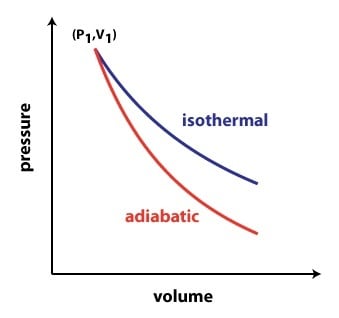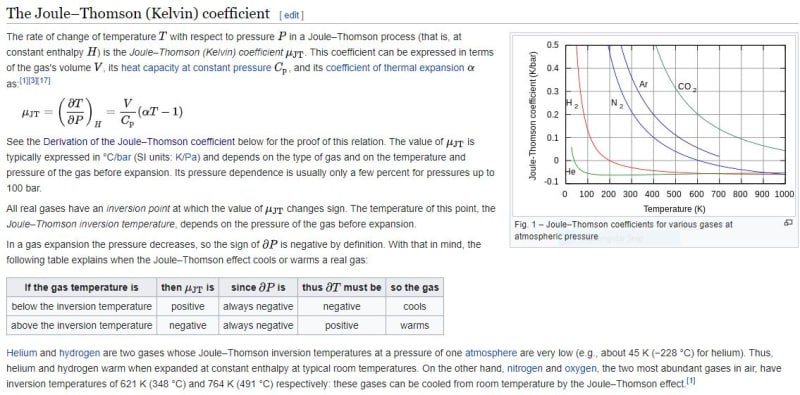SilverRule
Chemical
- May 15, 2020
- 53
Hi Guys,
I've searched the forum and haven't found this exact question asked which is very basic and fundamental.
In incompressible flow, I know that static pressure energy is converted to heat (or vibration/noise) exclusively because kinetic energy (velocity) must be constant in this type of flow due to law of continuity.
But in compressible flow, is it true that static pressure energy is not exclusively converted to heat because the pressure drop in this case is converted to increase in volume and therefore shows up as increase in kinetic energy (velocity) for the most part and only some of it is converted to heat?
Is that right?
What determines how much is converted to volume/KE/velocity increase and how much is converted to heat?
Please let me know if any of my premises is wrong.
Following up on the above...
1) Is Compressible Isothermal flow (P1V1 = P2V2) a case where all of the static pressure energy (decrease in pressure) is converted to KE (increase in volume) and none of it is converted to heat?
2) Is Compressible Adiabatic flow a case where only some of it is converted to KE and the rest of it is converted to heat and shows up as rise in temperature?
Thank you!
SR
I've searched the forum and haven't found this exact question asked which is very basic and fundamental.
In incompressible flow, I know that static pressure energy is converted to heat (or vibration/noise) exclusively because kinetic energy (velocity) must be constant in this type of flow due to law of continuity.
But in compressible flow, is it true that static pressure energy is not exclusively converted to heat because the pressure drop in this case is converted to increase in volume and therefore shows up as increase in kinetic energy (velocity) for the most part and only some of it is converted to heat?
Is that right?
What determines how much is converted to volume/KE/velocity increase and how much is converted to heat?
Please let me know if any of my premises is wrong.
Following up on the above...
1) Is Compressible Isothermal flow (P1V1 = P2V2) a case where all of the static pressure energy (decrease in pressure) is converted to KE (increase in volume) and none of it is converted to heat?
2) Is Compressible Adiabatic flow a case where only some of it is converted to KE and the rest of it is converted to heat and shows up as rise in temperature?
Thank you!
SR

![[thanks2] [thanks2] [thanks2]](/data/assets/smilies/thanks2.gif)



![[bigsmile] [bigsmile] [bigsmile]](/data/assets/smilies/bigsmile.gif)
![[sad] [sad] [sad]](/data/assets/smilies/sad.gif)